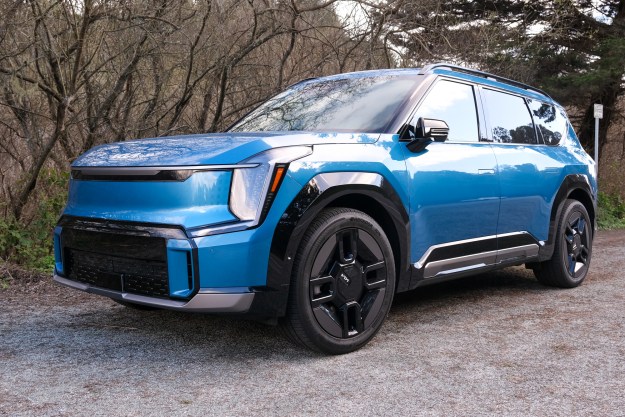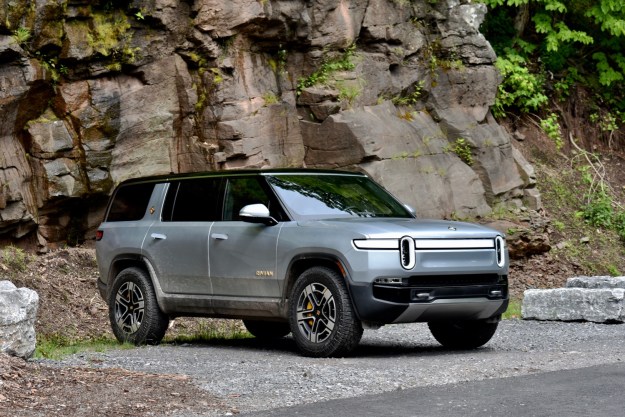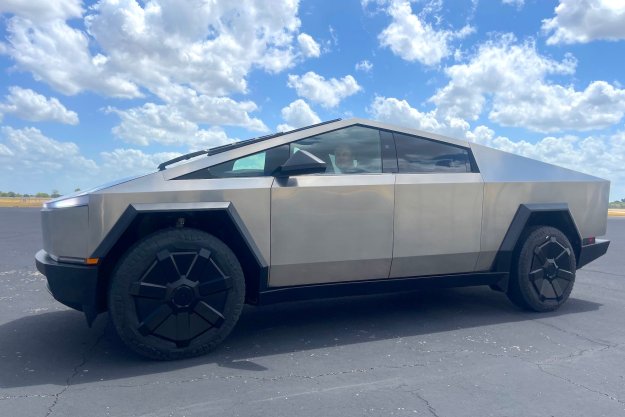Born on rally stages and coveted by a generation of Gran Turismo gamers, the Subaru WRX redefined affordable performance when it first landed on U.S. shores for the 2002 model year. More than a decade later, it’s a cult hero.
While onetime rival Mitsubishi’s Lancer Evolution withers, Subaru unveiled the redesigned 2015 WRX at the 2013 Los Angeles Auto Show.
As with every redesign of a popular model, Subaru had to balance making meaningful improvements with respect for what made the WRX a fan favorite. Here’s how the new model stacks up against its predecessor.
Exterior design
Despite an alluring concept from the 2013 New York Auto Show that seemed to indicate otherwise, the 2015 WRX is once again based on the Impreza compact.
That’s not a bad thing though, as both the 2015 and 2014 versions have plenty of attitude courtesy of flared wheel arches, bigger wheels and tires, and hood scoops.
However, the 2015 WRX has a much crisper, more aggressive design. The third-generation Impreza that formed the basis for the 2014 WRX had blander, more generic styling, and even the WRX treatment couldn’t fully cure that.
The only aesthetic disadvantage to the 2015 is the lack of a hatchback body style, which has some fans seething.
Regardless of which WRX you buy, there’s only one proper color scheme: WR Blue paint with gold wheels, just like the factory World Rally Championship racers of the 1990s and 2000s that give this car its pedigree.
Interior design, comfort, amenities
The 2015 WRX is much more spacious than the 2014 thanks, again, to the redesigned Impreza base car. Subjectively, the difference between new car and old feels like trading a compact car for a midsize.
There are also a few new toys, including a standard 4.3-inch LCD center-stack display (with a digital boost gauge, among other features), rearview camera, and optional 9-speaker Harman Kardon audio system.
Both cars feature simple, straightforward interiors. These are cars built to encourage their drivers to look out the windshield, not down at a modernist cup holder.
Still, the more spacious and better-equipped 2015 WRX gets the nod here.
Powertrain
Just as a Ford Mustang wouldn’t be a Mustang without a V8, a WRX wouldn’t be a WRX without a turbocharged boxer-four engine.
The 2015 WRX uses a new 2.0-liter version shared with the Forester XT. It produces 268 horsepower and 258 pound-feet of torque, compared to 265 hp and 244 lb-ft from last year’s 2.5-liter mill.
However, the most controversial change for 2015 is the addition of a seemingly-unsporty continuously-variable transmission (CVT) alongside a six-speed manual. The 2014 WRX was only available with a five-speed manual.
The two models are about evenly matched here.
Since the CVT is an option (one hardcore Subaru fans will likely avoid like the plague) it really comes down to the 2015’s extra manual-transmission gear ratio. That’s an important improvement, but not important enough to give the 2015 WRX a win in the powertrain contest.
Performance
The 2015 WRX gets some other mechanical hardware that, according to Subaru, will make it easier to drive fast.
There are now two versions of the Japanese carmaker’s Symmetrical All-Wheel Drive system, one for each transmission. Among other differences, manual cars get a 50:50 front-rear torque split, while automatics get a 45:55 split.
Other additions for 2015 include electric power steering, an Active Torque Vectoring system – which uses the front brakes to redistribute power and lessen understeer – and the SI Drive control system formally exclusive to the more expensive WRX STI.
All of these additions should make it much easier to probe the new WRX’s limits, although drivers used to the more basic 2014 model might not be too enthusiastic about so many electronic backseat drivers.
Price
The 2015 Subaru WRX starts at $27,090 (including destination), compared to $26,790 for a base 2014 model.
A range-topping WRX Limited with a CVT costs $31,990, while the 2014 WRX Limited five-door – the most expensive 2014 model – started at $30,290.
So prices haven’t gone up significantly, but the 2015 WRX is probably the better value considering its higher equipment level.
However, Subarus are as tough as cockroaches, so a used 2014 model isn’t exactly a penalty, especially for drivers who care less about tech.
Cool factor
The 2015 and 2014 Subaru WRX may appear similar at first glance, but they have different character traits.
The 2014 WRX is rough and ready, a compact sedan (or hatchback) with rally-car running gear that delights with its unadulterated approach to performance.
The best way to describe the 2015 WRX is “grown up”. Everything from the styling to the steering and all-wheel drive systems is more polished, more refined, and will likely be easier to live with.
Refinement and ease of use are important, but they generally don’t factor into considerations of coolness.
So while the 2015 WRX is undoubtedly the better car, the 2014 is the cooler car.
Editors' Recommendations
- Subaru and Toyota will keep working together to create sports cars and hybrids
- Subaru and Mazda join Toyota’s self-driving car development venture






